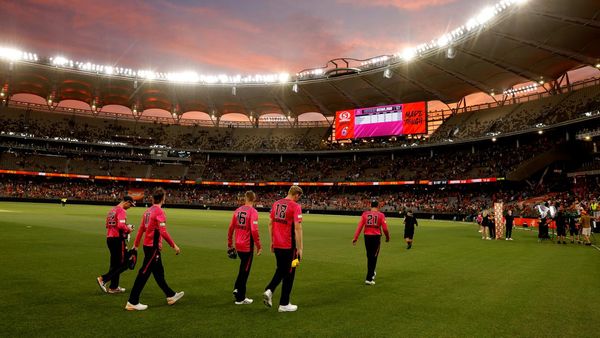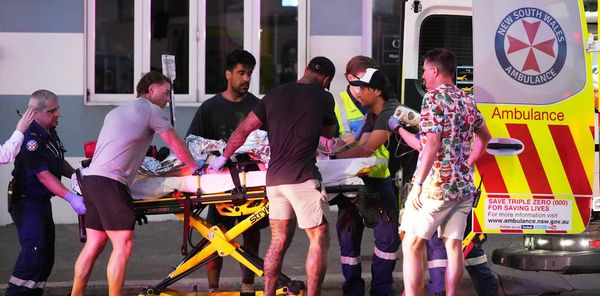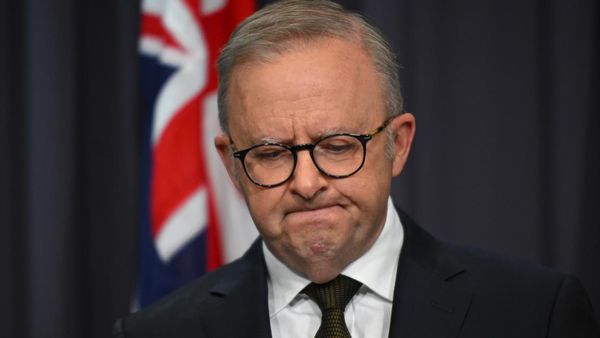
Spending on digital advertising for the Indigenous voice to parliament referendum has surged in the key battleground states of Tasmania and South Australia, a Guardian Australia investigation shows.
An analysis of Facebook ad spending by prominent pages supporting the yes and no campaigns show that, adjusted for population, both groups are heavily focused on Tasmania and South Australia.
While the split in state targeting was apparent in August, the spending surge in Tasmania and South Australia in September suggests both sides consider the two states to be critical to the success or failure of the referendum.
The yes campaign also continued to increase its ad spend per capita in Western Australia.
Data from Google’s ad transparency library shows a similar pattern. For the yes campaign, spending since the start of August was highest in Tasmania, South Australia and Western Australia, again adjusted for population.
While the no campaign has spent far less with Google, the ads it has run since the start of August target the same three states.
Yes campaign sources said the advertising focus was shifting further to the “battleground” states, but that larger states such as Queensland and Western Australia were still a focus for grassroots campaigning.
No campaign group Fair Australia is clear about its two-state focus in its communications with supporters. An email on Tuesday said donations helped the latest Fair Australia ad to run on television in South Australia and Tasmania.
“These are key battleground states,” it said.
In an earlier fundraising email, it announced South Australia and Tasmania were “the states you and I need to win to defeat the voice” and asked for donations to match the yes ad spend in those states. The message claimed former fund manager Simon Fenwick, a supporter of the conservative advocacy group Advance, would match donations up to $250,000.
Andrea Carson, a professor of political communication at La Trobe University, has seen a similar focus from the no camp on South Australia and Tasmania in her own analysis.
She observed that no has an easier task than yes, given successful referendums require a “double majority” to change the constitution: a national majority and a majority of voters in a majority of states.
“I think they are being very strategic,” Carson said of the no camp. “Their funds are being targeted in that direction to try and flip any undecided voters their way.
“If you’re going for the path of least resistance, you’ve got fewer voters to convince in South Australia and Tasmania.
“Yes has got a much bigger task to undertake. It has a blanket approach across the country. That’s because it needs the majority of states, and the majority of Australians.”
Analysis of state-level polling suggests Tasmania and Victoria have the highest level of support for the voice, while Western Australia and Queensland have the lowest.







